Tag: Death
Receptacles of Love
It was the early hours of the morning when we heard the knock on the door. It had been just over a month since I’d come out on bail. But this was not a scary knock, and it wasn’t a locked door. In the tense days preceding the elections, violence, vote rigging and the plight of my fellow prisoners, were our major concerns, so we were completely unprepared for Mahtab’s words. “Saydia’s mother has just died”, was what he simply said. The weight of that short sentence would have pinned us down, but then we heard the sobbing. Saydia’s uncontrollable, unmeasurable, unrestrainable weeping, muffled as it was through her partly open door, brought home the reality of what we had just heard. Holding her, hugging her tight was all I could do. Words have little meaning at such times.
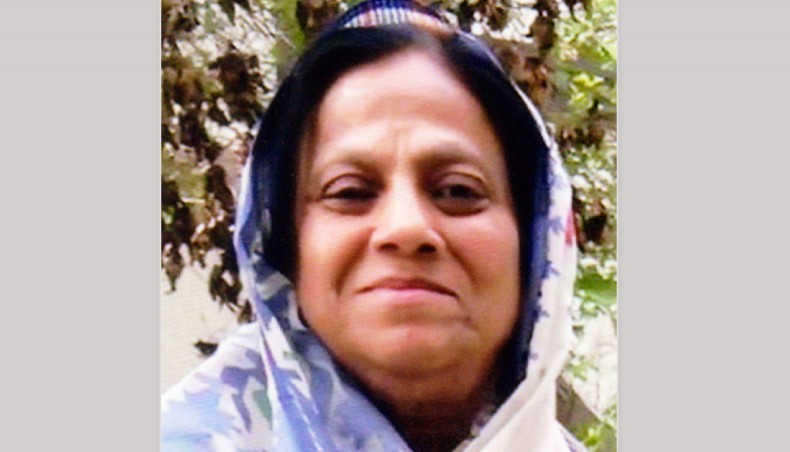
Chotomami: The last kiss
I would kiss her on the lips and she would perk up and say “Ah, a real kiss”. Chotomami (little aunt) had always been special. Luise Morawetz-Rafique (1.1.1929 – 9.7.2013) was the only white person in our family, and we were naturally curious. My mama (mother’s brother) had many foreign friends, and I would occasionally be taken to the Dhaka Club, an old colonial club that I now avoid on principle. As a child, going to the swimming pool, having marshmallows and seeing naked white men changing in front of us, were all things that led to endless conversations amongst the rest of the kids. Chotomama and mami had two daughters Laila and Laeka and a son Akbar. We were all close in age, but Akbar and I, boys, mischievous and with boundless energy, were the closest of pals. We were also constantly fighting. The two girls were the heartthrobs of all the older boys, and I by being a close cousin and thus a stepping stone, got special treatment from the boys. They were fun days.
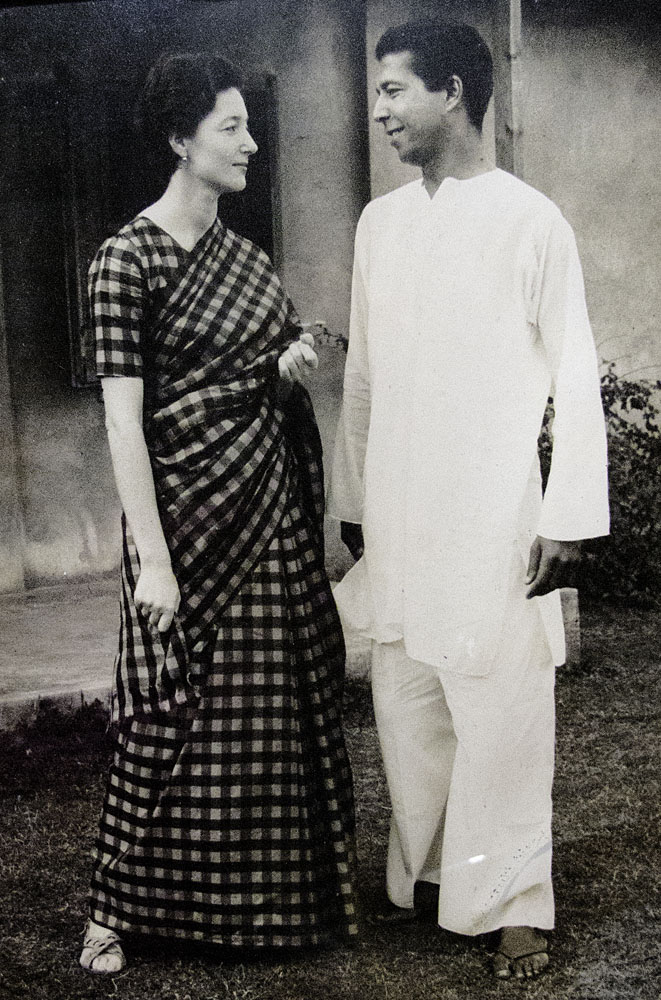
Murder not tragedy
An exhibition of observations, both witnessed and imagined of the Rana Plaza collapse.
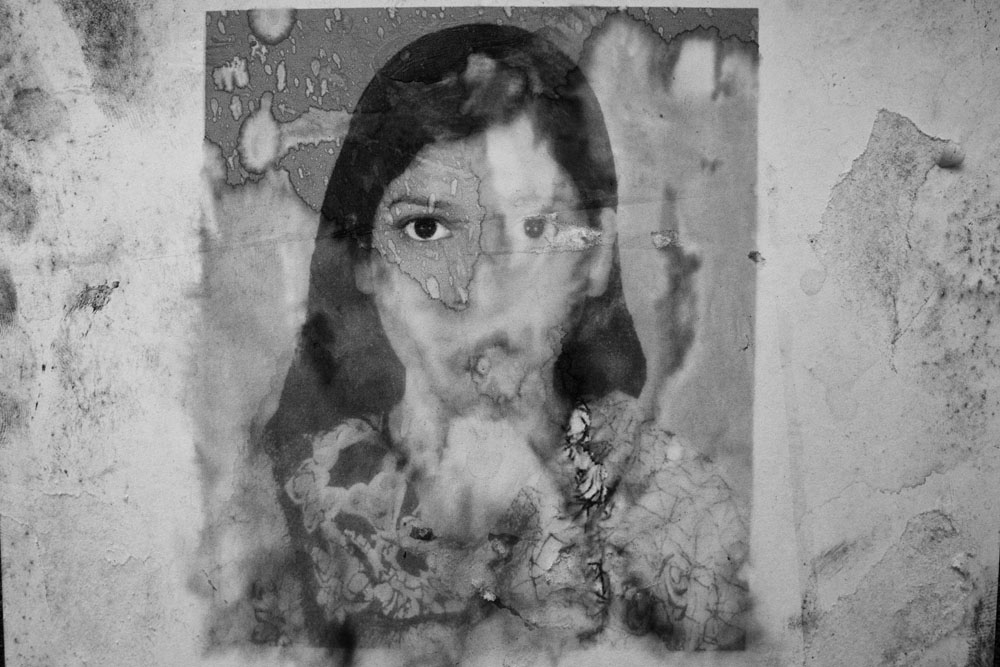
24th April, 2013. 1127 garment workers perished in the collapse of Rana Plaza in Savar. Excluding natural disasters this is the single largest cause of death, post-independence. Hundreds of workers have been injured. Hundreds still missing.
The rescue operation at Rana Plaza continued for 21 days. The loved ones of the victims held their vigil without respite, twenty four hours a day, scrambling from Odhor Chondro Park to Enam Clinic, to the morgue and back. As tiring bodies wore down, they slept in nearby coffins. It is of course a tragedy of enormous proportions, but by calling it a tragedy, we are shielding the guilt. Making it appear as if no one was to blame. That this is the destiny of the poor and the downtrodden. Is that how it was?
The history of the garment industry in Bangladesh is littered with incidents of fire and collapsed buildings. 27 workers were trampled to death in Sharaka Garments in 1990, while trying to flee a fire. There have been many deaths since, some through faulty construction, some due to the absence of fire exits. The fire in Lucas Garments took away 10 lives in 1995. 14 died in Suntex Garments in 1996. 22 in Rahman and Rahman Garments in 1997. Another 27 in Tamanna Garments the same year. We lost 53 in Chowdhury Knitwear Limited in 2000. It is a longer list including the recent fire in Tazreen Fashions, with Rana Plaza being the latest addition.
Drik had invited photographers, activists and other artists to submit work and register their protest. Their observations, recorded and imagined, form the basis of this exhibition. Murder, not tragedy. ??
The exhibition?“Tragedi Noi Hottakando”?will be opened at Drik Gallery tomorrow Friday, 31 May 2013 at 5 pm. The exhibition will continue till 5 June 2013. Please get your friends, family and clients to come and voice their support. This cannot, must not, go on.
Let me see the world just one more time
They said I would need a mask. ‘The smell’ they said. It was five days into the accident.
But it was no accident. A building built illegally, of faulty construction, showing signs of rupture, had been made their prison. It eventually became their grave. More money needed to be made.
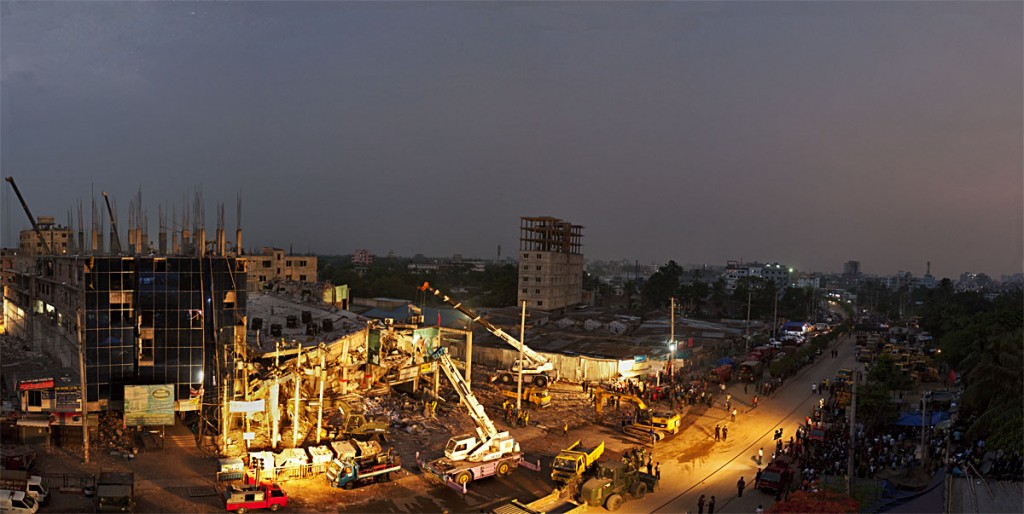
Back from the grave
By?Syed Zain Al-Mahmood?Bangladesh?Dhaka Tribune
Factory executive returns unscathed after two days ?in hell?
 Sabiha Sultana Mukta after her rescue on Friday
Sabiha Sultana Mukta after her rescue on Friday
Photo- Syed Zain Al-Mahmood
?It was like being in a grave. I just prayed,? she said. ?I knew I would die.? Continue reading “Back from the grave”
MASS MURDER AT SAVAR
The stench of rotting corpses
by rahnuma ahmed
It’s past midnight now, I took a shower after returning home but it refuses to go away.
I can smell it on my wet hair as strands blow over my face while the fan whirs above. I can smell it on my nightwear and, as I rest my chin on my clasped hands, I can smell the stench of rotting corpses and bloated bodies which stretches from Rana Plaza to Adhar Chandra school grounds in Savar ? rise up from my fingers.
It has not only come home with me, all that scrubbing as I showered has proven to be of little use.
It is not the dead workers who are to be blamed. The stench rises from, as Vijay Prasad puts it, the terror of capitalism.
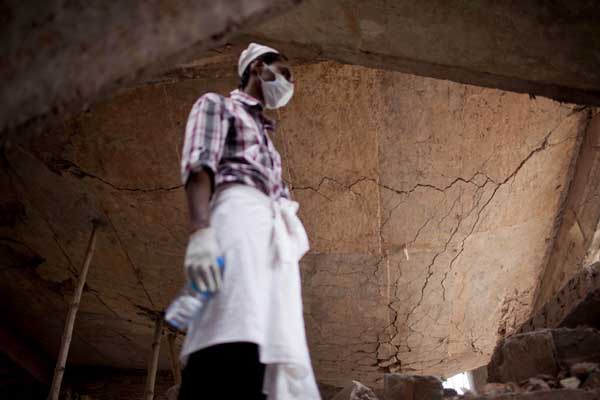
Continue reading “MASS MURDER AT SAVAR”
Bangladesh death toll rises
Labels Primark and Mango found after factory collapse Bangladesh Labour Rights groups mourn senseless loss of life
Kazi Azizul from Linkedin group:?Bangladesh Business Discussion
Latest count 261 dead, 371 missing. bdnews24.com 4:00 am GMT.
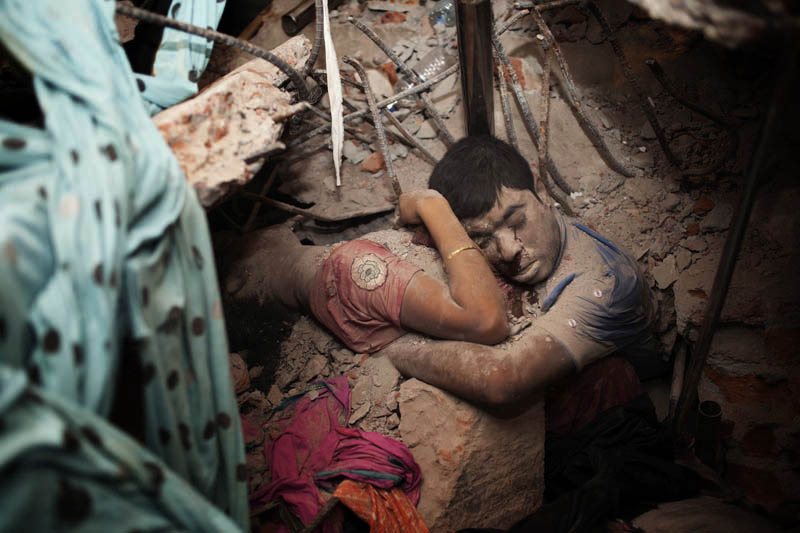
Wednesday, 24 Apri: The Clean Clothes Campaign, along with trade unions and labour rights organisations in Bangladesh and around the world is calling for immediate action from international brands following today’s collapse of the Rana Plaza building in Savar, in Dhaka Bangladesh. The collapse of the eight story building, covering three factories and a mall, cost the lives of at least 82 people and injured over 800.
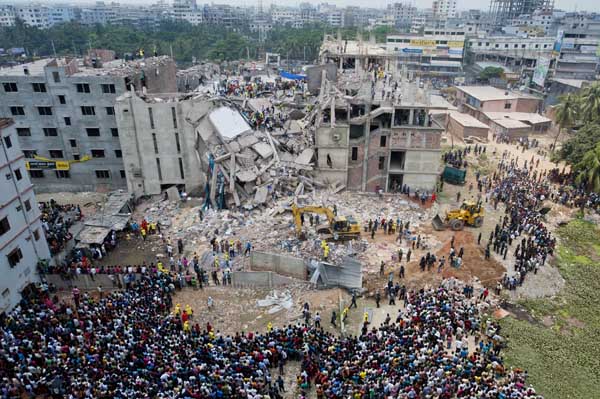
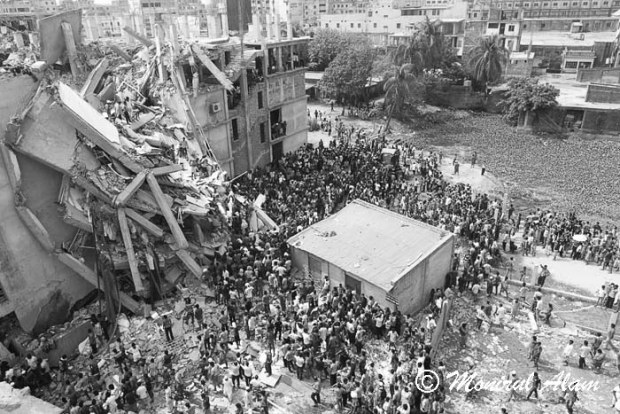
Activists today managed to enter the ruins of ‘Rana Plaza’ and found labels linking major European retailers to this latest tragedy: Spanish high street brand Mango and British Primark. Rana Plaza also produced for a host of well known European and US brand names including C&A, KIK and Wal-Mart. These brands were also involved in the fire at the Tazreen factory, not far from Savar, where 112 workers died in a fire exactly five months ago. German costcutter KIK was also involved in the Ali Enterprises fire in Pakistan, where nearly 300 workers burned to death last September.
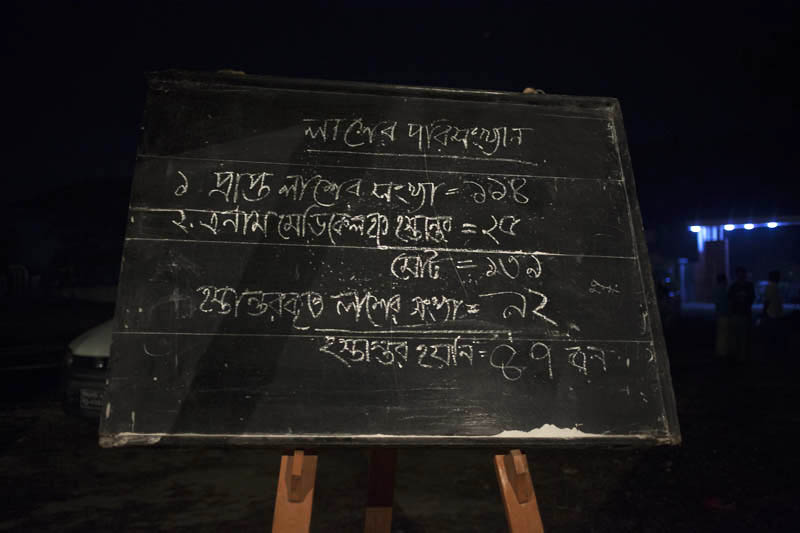
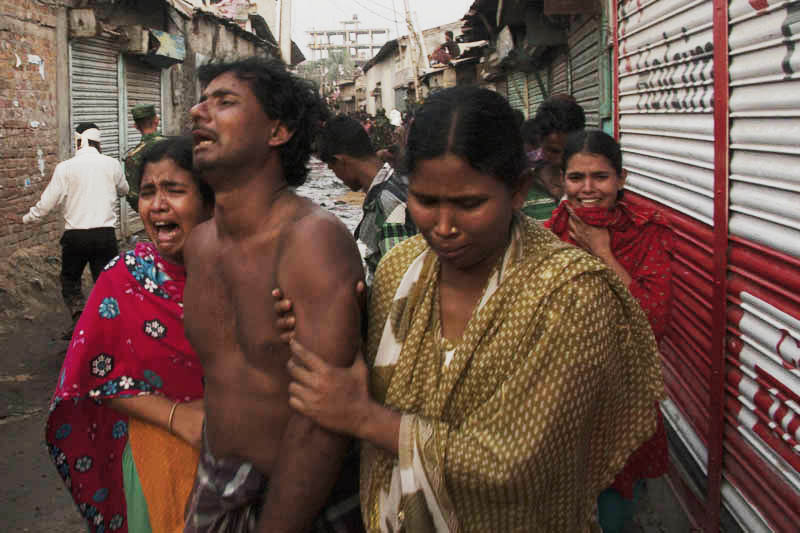
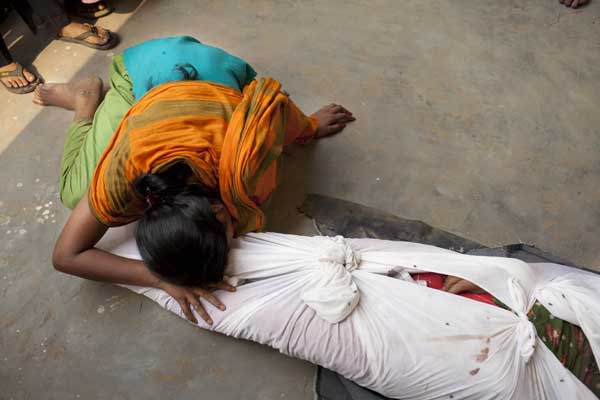
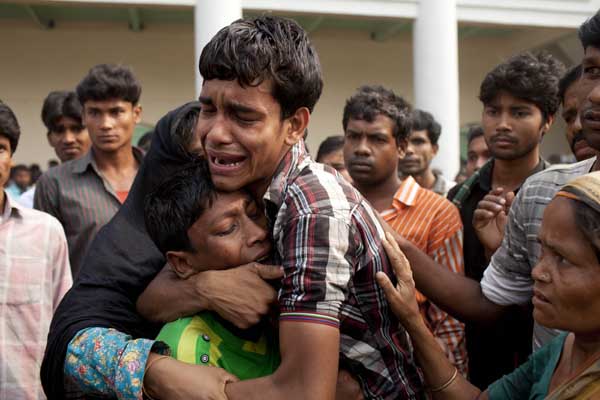
The killed and injured workers were producing garments for when their factory ? with allegedly illegally built floors – suddenly gave way with a loud sound, leaving only the ground floor intact. This latest collapse provides yet further evidence that voluntary company led monitoring has failed to protect workers? lives. Labour rights groups say unnecessary deaths will continue unless and until brands and government officials agree to an independent and binding fire and building safety program.
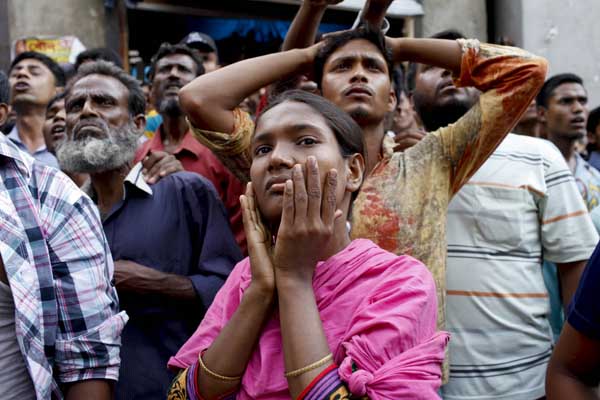
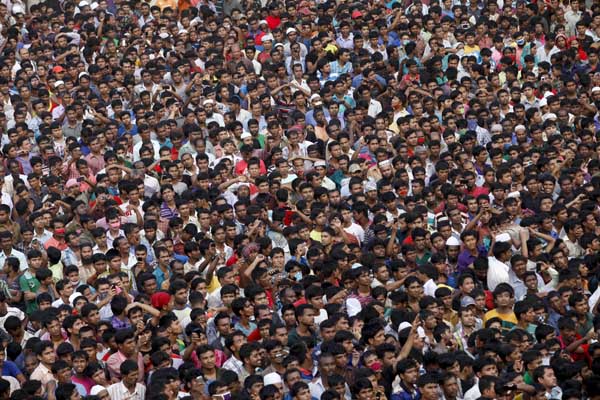
?It’s unbelievable that brands still refuse to sign a binding agreement with unions and labour groups to stop these unsafe working conditions from existing. Tragedy after tragedy shows that corporate-controlled monitoring is completely inadequate,? says Tessel Pauli from Clean Clothes Campaign.
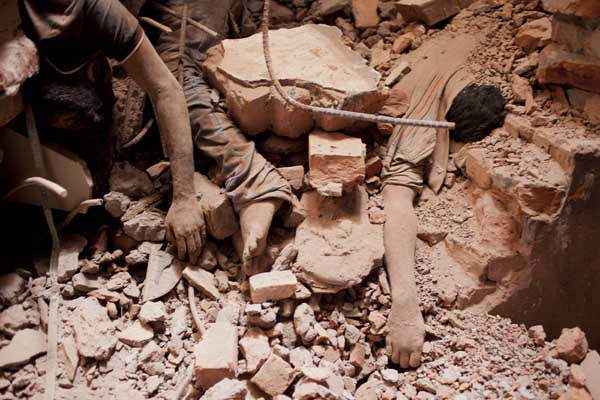
She adds: ?Right now the families of the victims are grieving and the community is in shock. But they, and the hundreds injured in the collapse, are without income and without support. Immediate relief and longterm compensation must be provided by the brands who were sourcing from these factories, and responsibility taken for their lack of action to prevent this happening.?
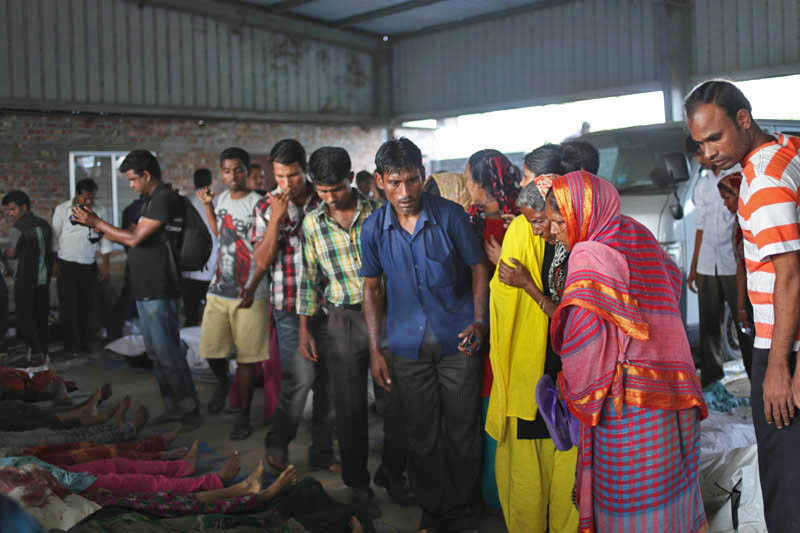
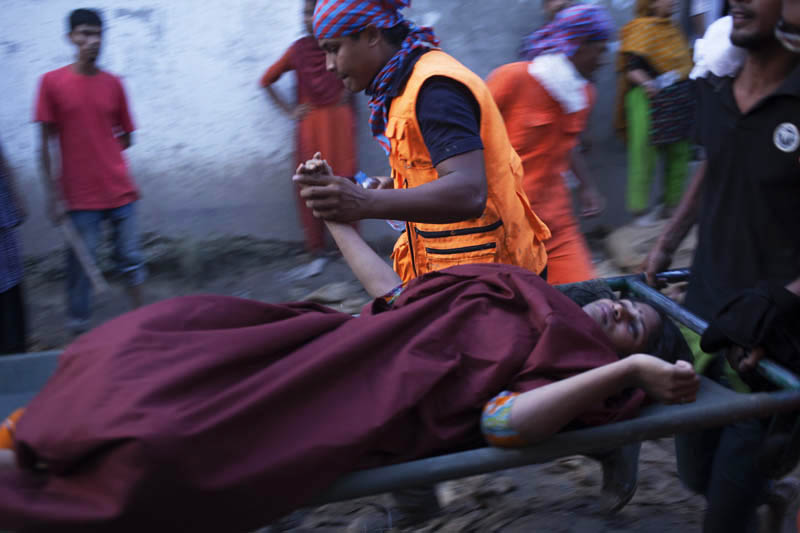
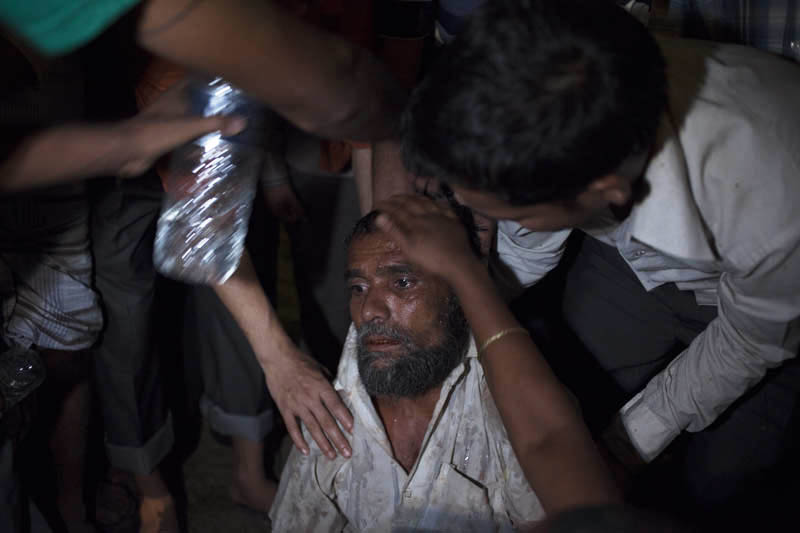
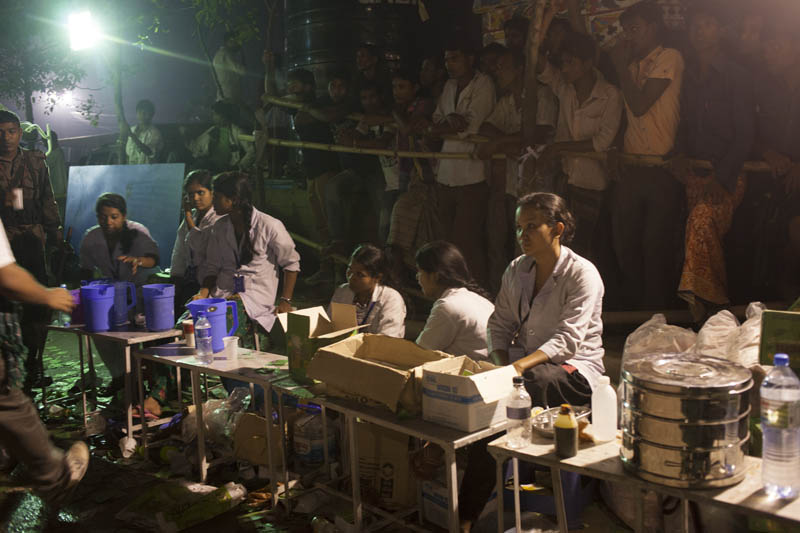
To stop these collapses from happening, the Clean Clothes Campaign calls upon brands sourcing from Bangladesh to sign on to the Bangladesh Fire and Building Safety Agreement immediately. The CCC, together with local and global unions and labour rights organisations has developed a sector-wide program for action that includes independent building inspections, worker rights training, public disclosure and a long-overdue review of safety standards. It is transparent as well as practical, and unique in being supported by all key labour stakeholders in Bangladesh and internationally.
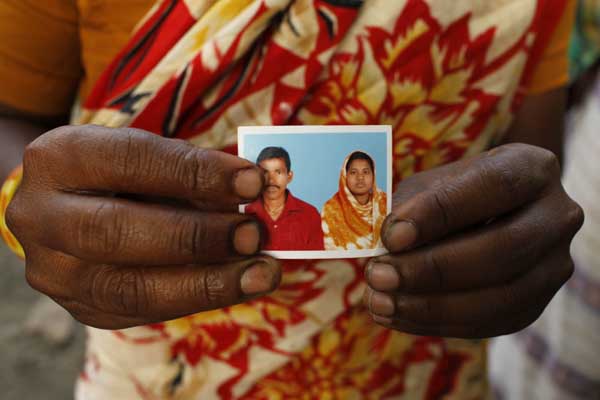
The agreement was already signed last year by the US company PVH Corp (owner of Calvin Klein and Tommy Hilfiger) and the German retailer Tchibo. The labour signatories are now calling on all major brands sourcing in the industry to sign on to the initiative in order to ensure its rapid implementation. The programme has the potential to save the lives of hundreds of thousands of workers currently at risk in unsafe and illegally built factories.
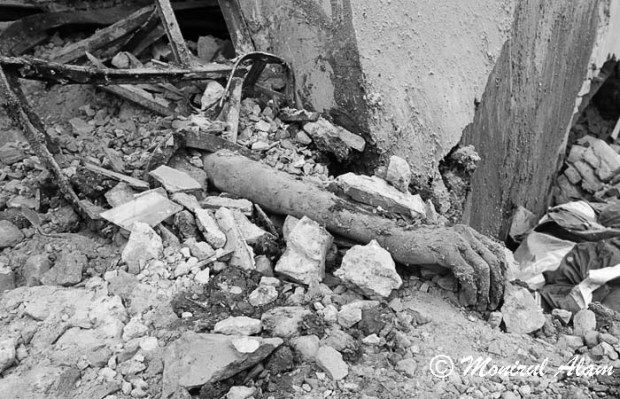
CCC has been campaigning on safety issues in Bangladesh since the collapse of the Spectrum factory in 2005, which left 64 people dead and involved high street brand Zara.
NISHCHINTAPUR TRAGEDY: Letter from an unborn child
by Saydia Gulrukh
Honourable prime minister,
I AM an unborn citizen of Bangladesh. I was killed before I was born. My mother was twenty-two weeks and three days pregnant with me when fire broke out at Tazreen Fashions in Nischintapur.
I was killed before I was born.
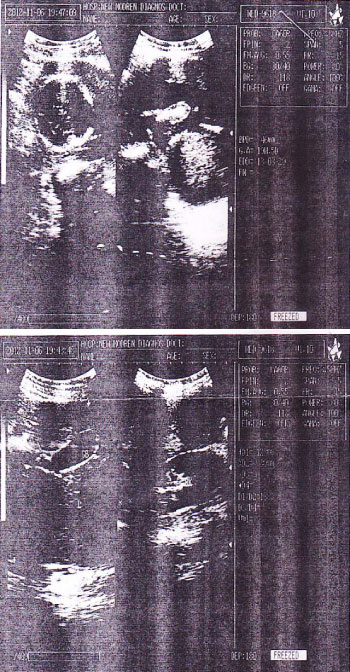
Honourable prime minister,
My mother, Mimi (pseudonym) worked as an operator in the sewing section of Tazreen Fashions. My father, Rakibul (pseudonym), works as a helper in a local bus company. They had met and fallen in love in Nischintapur?s factory surroundings, they got married at a nearby Kazi office (marriage registrar?s office). These days, say neighbours, they had been very happy, their joy radiated as does that of expectant parents. But it was short-lived.
I was killed before I was born. Continue reading “NISHCHINTAPUR TRAGEDY: Letter from an unborn child”



